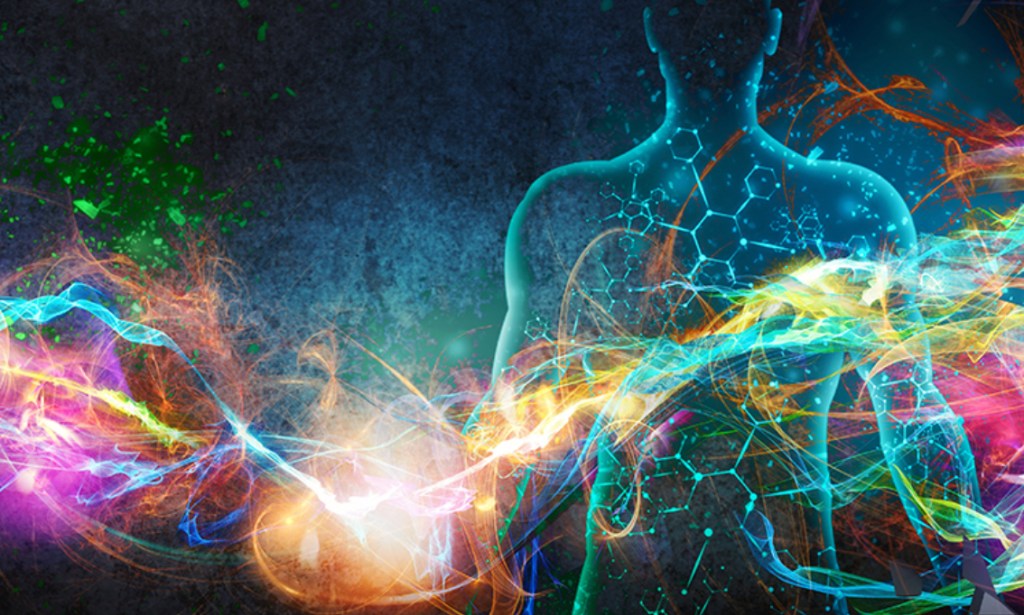This past Saturday, I provided the “ofrenda” at the monthly gathering of women dancing the 5 Rhythms (Step Into Yes) in Austin, facilitated by Lisa DeLand (dancingfirelizards.com).

Lisa and I are old friends. We met at Sweat Your Prayers, an ecstatic dance, in 1995. We have similar paths of recovery from adverse childhood experiences, and now, having worked a lot with our selves, by ourselves and with the help of others, we are in the primes of our lives in terms of creating and offering paths to wholeness and wellness for those in search.
Our paths have some overlap. We both are acquainted with the vast amount of suffering in the world, including our own, and feel moved to offer paths that liberate us and those we work with from conditioning that limits us.
My ofrenda was called Bringing Us Home To Our Existence, and I had 20 minutes between waves of dancing to teach the 28 or so women present about their inner rhythms: breath, heartbeat, and tide.
Background: In late 2022, I began posting on Instagram daily — for 100 days — my experience of what I was then calling Biodynamic Meditation. I’d actually begun practicing it many years previously, in 2013, after I took my first class in Craniosacral Biodynamics and wanted to explore how the concepts of the breath of life, primary respiration, potency, and the tides actually manifested in my own embodied existence.
I sat and sat and noticed more and more. It helped to have some direction from my training, and I could go to my teacher, describe my experience, and have him verify whether I was on track.
That’s one way of learning.
I had planned to start teaching Biodynamic Meditation in 2023, and then I learned I was going to have to move from my home of 12 years, which disrupted my plans.
The move is complete. My foundation training in Craniosacral Biodynamics (and certification) is complete. I’m spending this year learning how best to teach Biodynamic Meditation, and I dipped into in-person teaching of a large group for the first time on Saturday. It was too brief, but they got a taste of it. My take is that some people (who all gathered primarily to dance) were not deeply interested, and others came up afterward and thanked me.
I’m now considering calling it meditation for self-healing, meditation for healing, meditation for health, or simply, how to make friends with your body.
If this is a topic you are interested in, I’d love to hear from you! I’m open to working with individuals, small groups, in person, and online.



